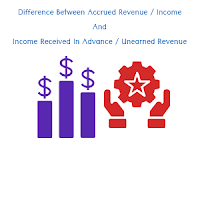Difference Between Assets And Equity

Here we take into account the difference between Assets and Equity or Owner’s Equity in case of Sole Proprietorship or Sole Owner’s Business. 1. Assets are the resources of the business that provide probable future benefits acquired either by owners or outsiders of the business while equity is the rights of owners of the business and these are utilized for the sources of finance and investment of the business. You Can Also Read Out, “ Difference Between Liabilities And Owner’s Equity ” 2. From Accounting Equation i.e., Assets = Liabilities + Equity, assets can be calculated by adding Liabilities to Equity while Equity can be computed by deducting Liabilities from Assets Equity = Assets - Liabilities 3. Assets are of two types Curre n t Assets a n d No n Current Tangible Assets / Fixed Assets while types or components of Equity are Share Capital (Common Stock), Share Premium, Reserves, Retai ned Earnings, Treasury Stock.










